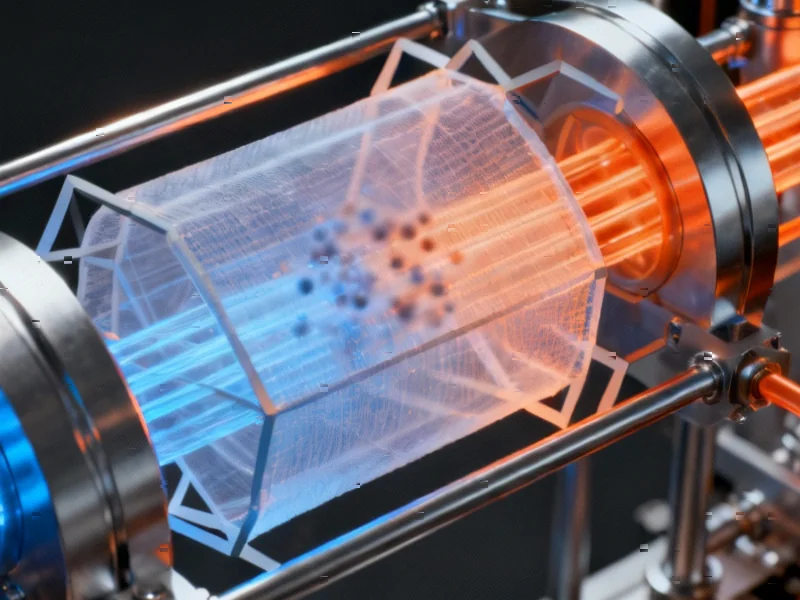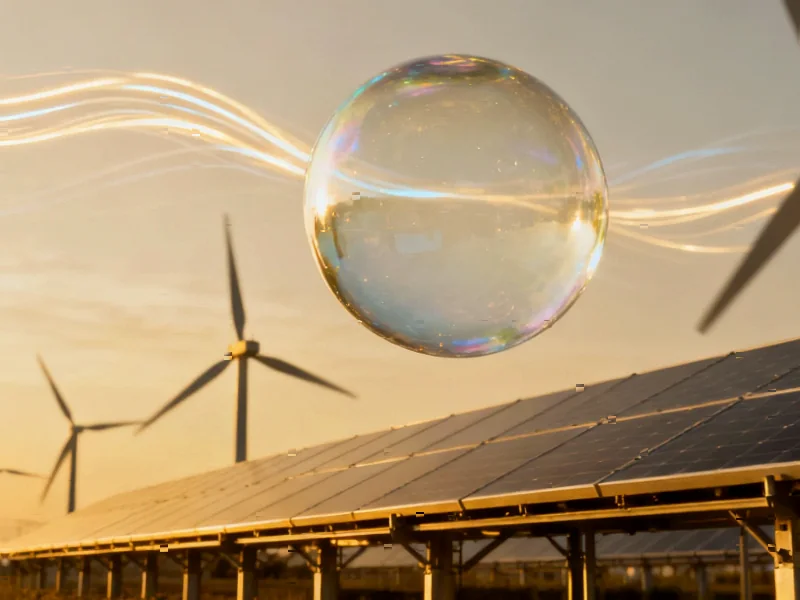Maritime Industry’s Green Revolution
The global shipping industry, responsible for approximately 3% of worldwide greenhouse gas emissions, stands at the precipice of a technological transformation. The APOLO project emerges as a groundbreaking initiative that could fundamentally reshape how vessels power their journeys across the world’s oceans. This European Union-funded consortium is developing advanced ammonia cracking technologies that promise to deliver cleaner, more efficient power conversion systems for maritime applications.
Table of Contents
Innovative Approach to Ammonia Conversion
At the heart of APOLO’s technology lies the ammonia cracking process – a chemical reaction that converts ammonia (NH3) into hydrogen and nitrogen. Unlike conventional industrial cracking systems that operate at extremely high temperatures (800-900°C), APOLO’s approach utilizes catalytic membrane reactors that achieve complete ammonia conversion at significantly lower temperatures of 400-450°C.
The project’s revolutionary membrane reactor integrates palladium membranes with an ideal H2/N2 perm-selectivity exceeding 100,000 at 425°C. This technological leap enables highly efficient hydrogen separation while dramatically reducing the system’s physical footprint – a critical advantage for space-constrained maritime vessels., according to market analysis
Dual-Path Power Conversion Strategy
APOLO’s modular design represents a significant departure from single-technology approaches. The project is developing a flexible fuel supply system that can interface with both fuel cells and internal combustion engines, marking the first comprehensive comparison of these power conversion technologies using ammonia-derived hydrogen.
The system’s versatility allows it to deliver either a hydrogen-nitrogen mixture optimized for thermal engines or fuel-cell-grade pure hydrogen for PEM fuel cells. This dual-path approach ensures that ship operators can select the most appropriate power conversion technology for their specific operational requirements.
Addressing Critical Technical Challenges
One of the most significant hurdles in ammonia-based power systems has been achieving the hydrogen purity required for PEM fuel cell operation. Ammonia cracking typically produces a forming gas with nitrogen and residual ammonia that can degrade fuel cell performance and lifespan., according to technology insights
APOLO addresses this challenge through integrated solutions including:, according to emerging trends
- Advanced membrane technology for superior hydrogen separation
- Innovative sorbent materials for hydrogen polishing to remove trace ammonia
- Environmentally friendly catalysts to enhance cracking efficiency
Project partners including Tecnalia and Johnson Matthey are spearheading the development of these critical components, building on previous research from the EU-funded ARENHA project., as related article
Market Implementation Strategy
The APOLO consortium has identified a clear path to market implementation, initially targeting vessels with propulsion requirements between 1-10 MW. This strategic focus addresses the segment most immediately suitable for ammonia-powered solutions, with particular emphasis on the approximately 3 MW vessels expected to dominate the market in the coming decade.
The project’s scalable modular design positions it to eventually serve the first 30,000 ships in the market – a substantial portion of the global commercial fleet. This phased approach ensures practical implementation while maintaining ambitious decarbonization targets.
Comprehensive System Integration
Beyond the core cracking technology, APOLO incorporates sophisticated heat integration systems that utilize engine exhaust to provide thermal energy for the decomposition reactor. This energy-efficient approach maximizes overall system efficiency, which is projected to reach between 45% and 51%.
The project also addresses emissions control through the development of specialized SCR (Selective Catalytic Reduction) systems based on copper, iron, and vanadium catalysts for NOx removal from engine exhaust – a critical consideration given ammonia combustion characteristics.
Regulatory and Safety Framework
Recognizing that technological innovation must be supported by appropriate regulatory frameworks, APOLO includes dedicated efforts to propose amendments to EU and IMO regulations governing ammonia use in maritime applications. Through collaboration with Bureau Veritas and other regulatory bodies, the project aims to establish the safety standards and operational protocols necessary for widespread adoption.
Comprehensive Health, Safety, and Environment assessments inspired by HAZOP/HAZID protocols ensure that the technology meets the rigorous safety requirements of maritime operations.
Progress and Future Outlook
Currently in its 21st month, APOLO remains on schedule with key component development for membrane reactors, fuel cells, and ammonia engines. The project has already conducted detailed market analysis and preliminary exploitation strategy development, positioning it for successful technology transfer and commercial implementation.
As the maritime industry faces increasing pressure to meet decarbonization targets set by FuelEU Maritime, Fitfor55, and the European Green Deal, APOLO’s innovative approach to ammonia cracking offers a practical pathway toward sustainable shipping. The project represents not just incremental improvement, but a fundamental reimagining of how vessels can harness alternative fuels to power global trade while minimizing environmental impact.
The APOLO project is funded by the European Union under Grant Agreement No. 101138466. Views and opinions expressed are those of the author(s) only and do not necessarily reflect those of the European Union or CINEA.
Related Articles You May Find Interesting
- UK Fiscal Deficit Reaches Five-Year Peak, Signaling Tough Budget Decisions Ahead
- Guernsey’s Property Purchase System Under Scrutiny: A Comparative Look at Reform
- How NVIDIA’s $100 Billion OpenAI Deal Averted a Shift to Google’s AI Chips
- Trump’s Watchdog Nominee Faces Senate Revolt Over Alleged Racist Messages and Co
- UK Fiscal Health Under Pressure as September Borrowing Hits Five-Year Peak
References & Further Reading
This article draws from multiple authoritative sources. For more information, please consult:
This article aggregates information from publicly available sources. All trademarks and copyrights belong to their respective owners.
Note: Featured image is for illustrative purposes only and does not represent any specific product, service, or entity mentioned in this article.



